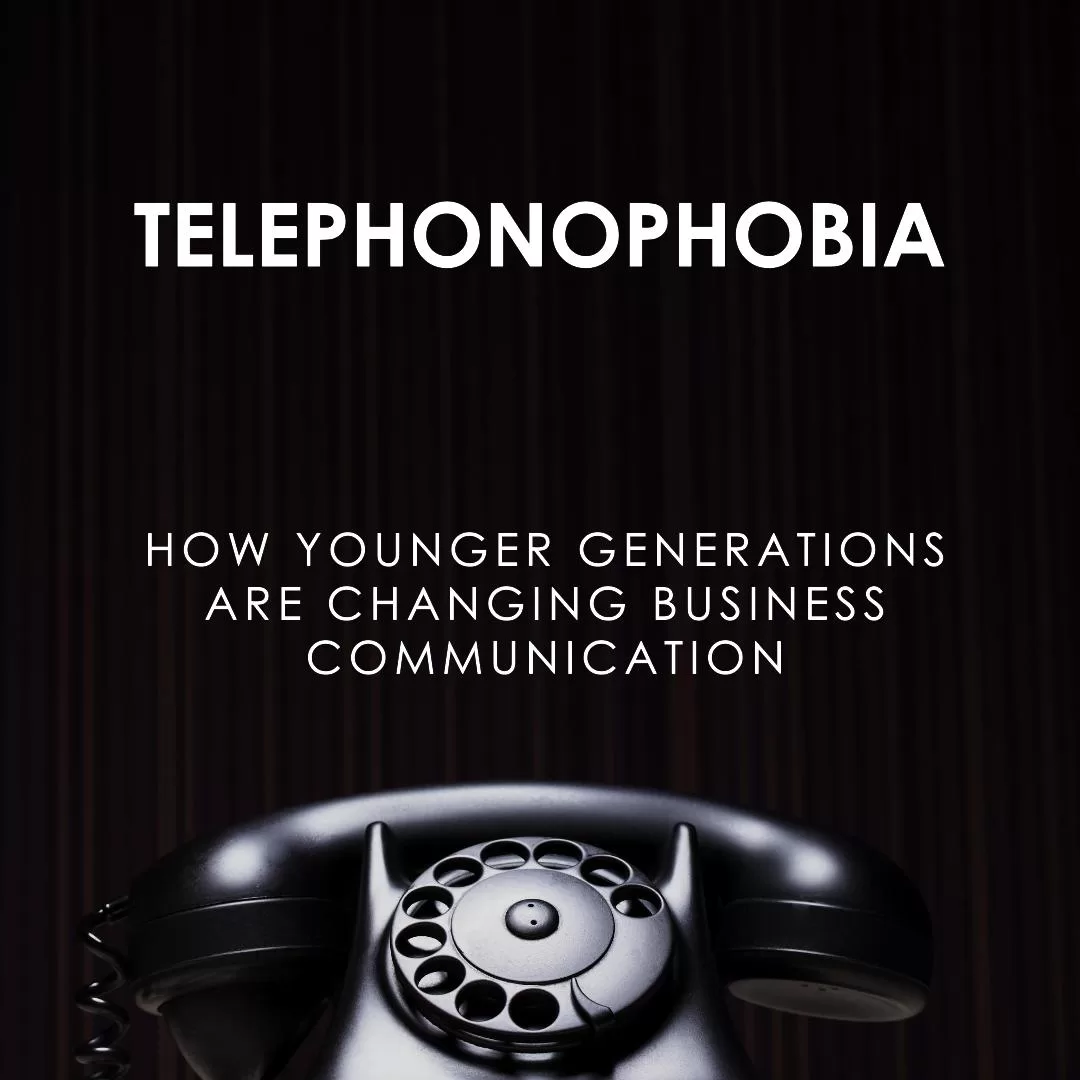In the digital age, the younger generations have embraced various forms of communication, from text messaging to social media platforms. However, one particular mode of communication has become a significant source of anxiety: the traditional phone call. This phenomenon, often referred to as “telephonophobia,” describes the fear or aversion to making or receiving phone calls. It is a growing issue among millennials and Generation Z, who prefer asynchronous forms of communication. Telephonophobia.

The Rise of Telephonophobia
Telephonophobia is not officially recognized as a mental health disorder, but it is a common form of social anxiety. For many young people, the prospect of a phone call can induce feelings of dread and panic. Several factors contribute to this anxiety:
- Lack of Visual Cues: Unlike face-to-face conversations or video calls, phone calls lack visual cues. Non-verbal communication, such as facial expressions and body language, play a crucial role in understanding and interpreting messages. The absence of these cues in phone calls can lead to misunderstandings and increased anxiety.
- Pressure to Respond Immediately: Phone calls demand immediate attention and quick thinking. There is little time to process information or formulate responses, which can be daunting for individuals who are more comfortable with the slower pace of text-based communication.
- Fear of Awkward Silences: The potential for awkward silences or miscommunication is higher in phone calls. Young people may fear being judged for not knowing what to say or for not responding quickly enough.
- Preference for Text-Based Communication: Younger generations have grown up with text messaging, emails, and social media as primary forms of communication. These methods allow for more control over the timing and content of responses, reducing the pressure and anxiety associated with real-time conversations. Telephonophobia.
Impact on Personal and Professional Life
Telephonophobia can have significant implications for both personal and professional aspects of life. On a personal level, it may hinder the ability to maintain relationships, make appointments, or handle essential tasks that require phone communication. Professionally, it can affect job performance, especially in roles that require regular phone interactions with clients or colleagues.
Employers may perceive an employee’s reluctance to make phone calls as a lack of communication skills or confidence, potentially impacting career advancement. Additionally, networking opportunities, which often involve phone conversations, may be missed.
Coping Strategies
While telephonophobia can be challenging, there are several strategies that individuals can use to manage their anxiety:
- Gradual Exposure: Gradually increasing exposure to phone calls can help reduce anxiety. Starting with brief, low-stakes calls and gradually progressing to longer, more complex conversations can build confidence.
- Preparation: Preparing for a call by outlining key points or questions can help alleviate anxiety. Practicing potential scenarios or rehearsing with a friend can also be beneficial.
- Mindfulness and Relaxation Techniques: Techniques such as deep breathing, meditation, and mindfulness can help manage anxiety in the moment. Practicing these regularly can reduce overall stress levels.
- Alternative Communication Methods: When possible, opting for video calls can bridge the gap between text-based communication and phone calls, providing the benefits of real-time conversation with the added advantage of visual cues.
- Professional Help: For severe cases of telephonophobia, seeking help from a mental health professional can be a valuable step. Cognitive-behavioral therapy (CBT) and other therapeutic approaches can address underlying anxiety and improve coping mechanisms. Telephonophobia
Conclusion
Telephonophobia is a reflection of the broader changes in communication preferences among younger generations. While it poses challenges, understanding the root causes and employing effective strategies can help individuals manage their anxiety and improve their ability to communicate via phone. As society continues to evolve, so too will our approaches to overcoming the anxieties associated with different modes of communication.
